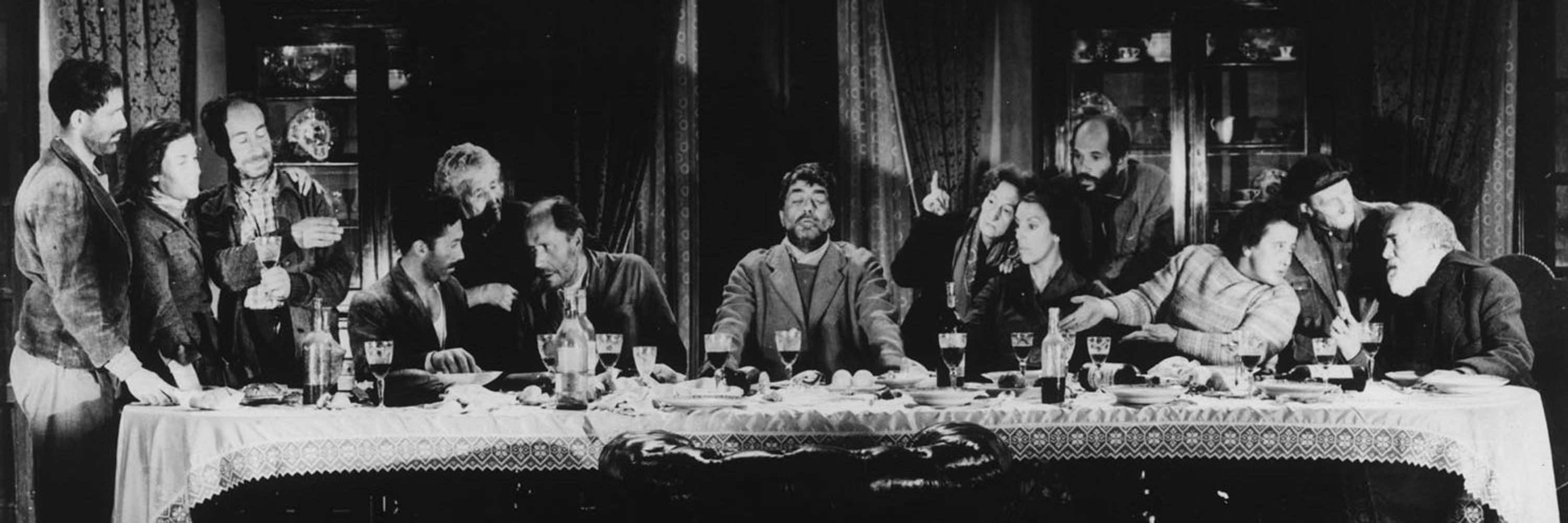

*** cries in galician ***

*** cries in galician ***
We observe a high-order process where the initial string maximally breaks when it has the same energy as the broken string. We characterize this resonance through many-body spectroscopy.

We observe a high-order process where the initial string maximally breaks when it has the same energy as the broken string. We characterize this resonance through many-body spectroscopy.

We observe how, as we increase the Rydberg interactions (and thus the confining potential), the probability of the broken string dominates, signalling string breaking in equilibrium.

We observe how, as we increase the Rydberg interactions (and thus the confining potential), the probability of the broken string dominates, signalling string breaking in equilibrium.

1) The local (gauge) symmetry emerges from the Rydberg blockade.
2) Long-range Rydberg interactions give rise to a confining potential.

1) The local (gauge) symmetry emerges from the Rydberg blockade.
2) Long-range Rydberg interactions give rise to a confining potential.
Both problems can be overcome using quantum simulators with spatio-temporal resolution.

Both problems can be overcome using quantum simulators with spatio-temporal resolution.
When quarks are separated, the energy increases until new particles are created, breaking the string.

When quarks are separated, the energy increases until new particles are created, breaking the string.
We observe a high-order process where the initial string maximally breaks when it has the same energy as the broken string. We characterize this resonance through many-body spectroscopy.

We observe a high-order process where the initial string maximally breaks when it has the same energy as the broken string. We characterize this resonance through many-body spectroscopy.

Let's keep the quantum discussion alive!




Let's keep the quantum discussion alive!

